Although the majority of passengers on the RMS Titanic were from the USA and the United Kingdom (the Irish still begrudgingly part of the latter), travelers and migrants streamed across the globe toward Southampton, Cherbourg, and Queenstown to board the colossus. Many of them had scraped together their life savings to purchase a berth in Third Class, ending their journey 12,500 feet below the surface of the North Atlantic. Behind the mass tragedy, however, hid the quiet stories of countless lives, rarely entering the spotlight for over a century.
Syria
The Levantine nation had a turbulent time over the last two centuries, with more than a quarter of the population of Ottoman Syria emigrating to the Americas by 1912. The states of Ohio and Pennsylvania received their first Maronite-Christian Arab settlers as early as the 1880s, and the influx only grew in the tumultuous decades that followed. In the context of this mass exodus, it is no surprise that Titanic departed Cherbourg with some 130 Syrians populating a section of Third Class near the bow – singing, playing the oud, or quietly planning a new life across the Atlantic.
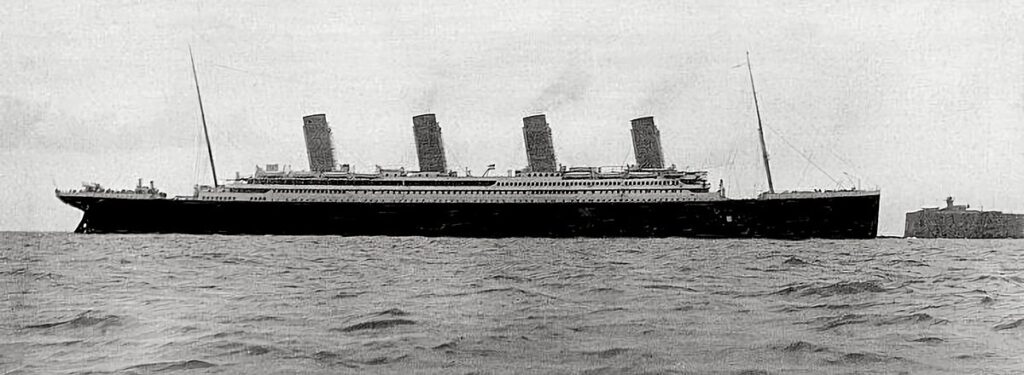
Of these only 31 escaped with their lives, mostly women and children. Syrian survivors provided some of the most harrowing accounts from the night of the sinking, many claiming that the officers shot several male passengers who had rushed to the boats in breach of the crew’s instructions.
Sweden
At the dawn of the 20th century, Sweden was a far cry from the wealthy Nordic jewel we know today. Failing crops, religious tensions, and oppressive conservatism compelled more than a million Swedes to leave their homeland for the Wild West. Most sailed from Gothenburg to Hull on Wilson Line steamers, then boarded the transatlantic liners of Cunard, White Star, and Inman. When the RMS Titanic pushed away from the docks of Southampton, it hosted 123 Swedes.
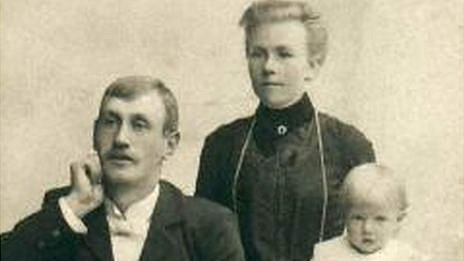
The most extravagant, perhaps, was First-Class passenger and survivor Mauritz Håkan Björnström, who filed the highest compensation claim against White Star for the loss of a single item. The North Atlantic had deprived the illustrious businessman of an oil painting, valued at $100,000 (more than $3 million in today’s money).
Curious about more passenger stories? Get the Titanic flashcards!



A more somber and emotional story emerged from steerage, where Edvard Lindell traveled with his wife Gerda. When the vessel leaned toward her demise, the Lindells, worn out and drenched in ice-cold water, swam to Collapsible A together. Edvard scrambled in, but the exhausted Gerda could only hang on to the side. When she slipped away and drowned, Edvard lay in the raft, trembling and delirious. He died of hypothermia, clutching his wife’s wedding ring in one hand. Collapsible A drifted for a month, before the RMS Oceanic towed it in, and the crew discovered Gerda’s ring. The simple jewel is now almost legendary, a symbol of undying love and dedication.
Finland
Records of the Finland Steamship Company reveal that most of the 63 Finns booked on the RMS Titanic departed the Port of Hanko on board SS Polaris on 3 April 1912. The Lubeck Canal had long been in operation at the time, but as it was still closed to foreign vessels, the Finnish steamer had to navigate around the Jutland Peninsula, adding some 300 nautical miles.
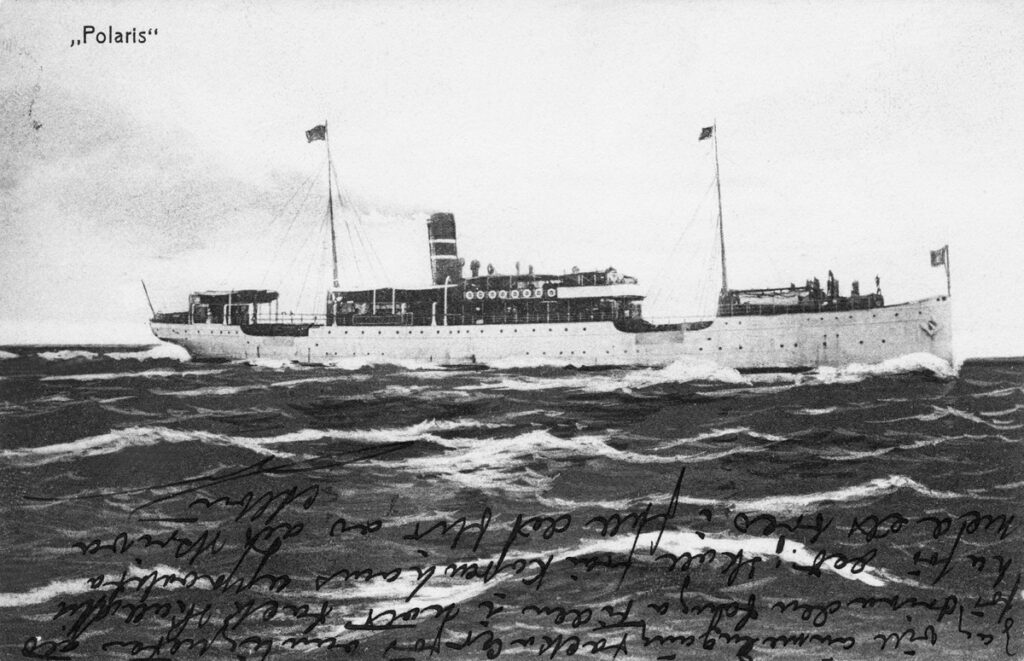
Unlike most of his fellow countrymen, Karl Berglund traveled to Stockholm to buy a ticket, then sailed from Gothenburg on the British Steamer SS Calypso. A large coal strike in England turned shipping schedules upside down, and Karl, not without surprise, found himself on the famed Titanic. Excited, he wrote home about the “fortunate” turn of events, but his parents on the Aland Islands only received his letter in the same mail with the news of Titanic’s sinking. They waited weeks until their son Karl was confirmed dead.
Another grim story still survives in the Alhomäki family from Salo. Young Ilmari Alhomäki was on his way to Astoria, Oregon, where he expected to meet his brother Arthur. When the black water swallowed the last of the ship, Ilmari made a frantic swim to a nearby ice floe, clambered on top of it, and waited for help, shivering with hypothermia. They say he froze on top of the ice, floating through the night like a fallen statue. His body, however, was never found to corroborate the family’s account.

Bulgaria
Following a series of political and economic crises, the young Bulgarian nation produced wave after wave of immigrants to North and South America. From a statistical point of view, Bulgarians on the Titanic are the most problematic group, with numbers varying between 30 and 80 passengers. And no surprise – some were reported to have missed departure from Southampton after a night of drinking, others sold their tickets for a profit and made alternative arrangements. One, Kalyo Nenov, even claimed to have made it out alive, despite records insisting on zero survivors. Wherever the truth may lie, a folk song about the Titanic disaster is still sung in villages around Troyan, where most Bulgarian victims hailed from.
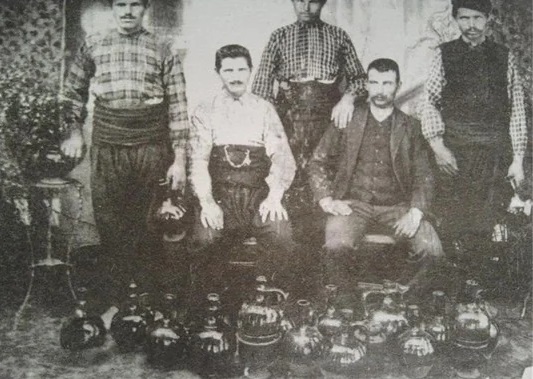
Croatia
Thirty passengers came from the Kingdom of Croatia-Slavonia – an autonomous nation of the Austro-Hungarian Empire until the collapse of the Habsburg dynasty in 1918. Only three Croats survived the sinking, thanks to good fortune, a cool head, and a little mischief.
Looking for a gift for a Titanic fan? Visit The Shipyard Shop!

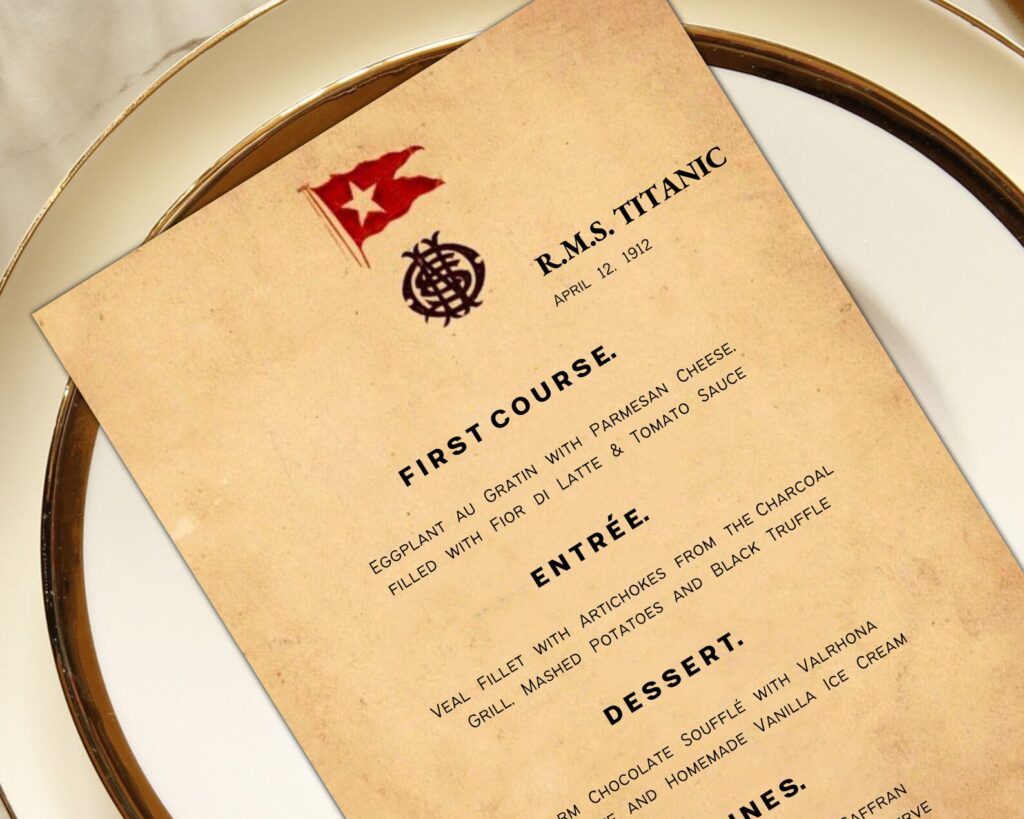

In his detailed testimonial, Ivan Jalsevac insisted he was anything but scared when the sinking began. Amid the frantic crowd, he reassured himself that he could always jump in the water and swim to safety. With this “optimistic” scenario in mind, Jalsevac even returned to retrieve his suitcase, only to find his cabin under water. But the most curious part of the account was Jalsevic’s claim that his friend and compatriot Nikola Lulic saved himself by snatching a hat off an officer’s head and thus disguised, marched into a lifeboat.
Norway
Out of the 31 Norwegians on board, one was a celebrity. The voyage to America was Arne Joma Fahlstrøm’s graduation present from his parents. The 18-year-old son to actors and theatre owners Alma and Johan Fahlstrøm had excelled at his high-school exams and was on his way to New Jersey to study cinema, a revolutionary but expensive new form of art at the time. After Arne’s tragic death, his parents pledged their fortune to the Norwegian Lifeboat Association for the construction of a lifeboat in their son’s name. In its long service career, the Arne Fahlstrøm helped save 32 people from drowning, one more than the Norwegian passengers on the Titanic.
The Shipyard

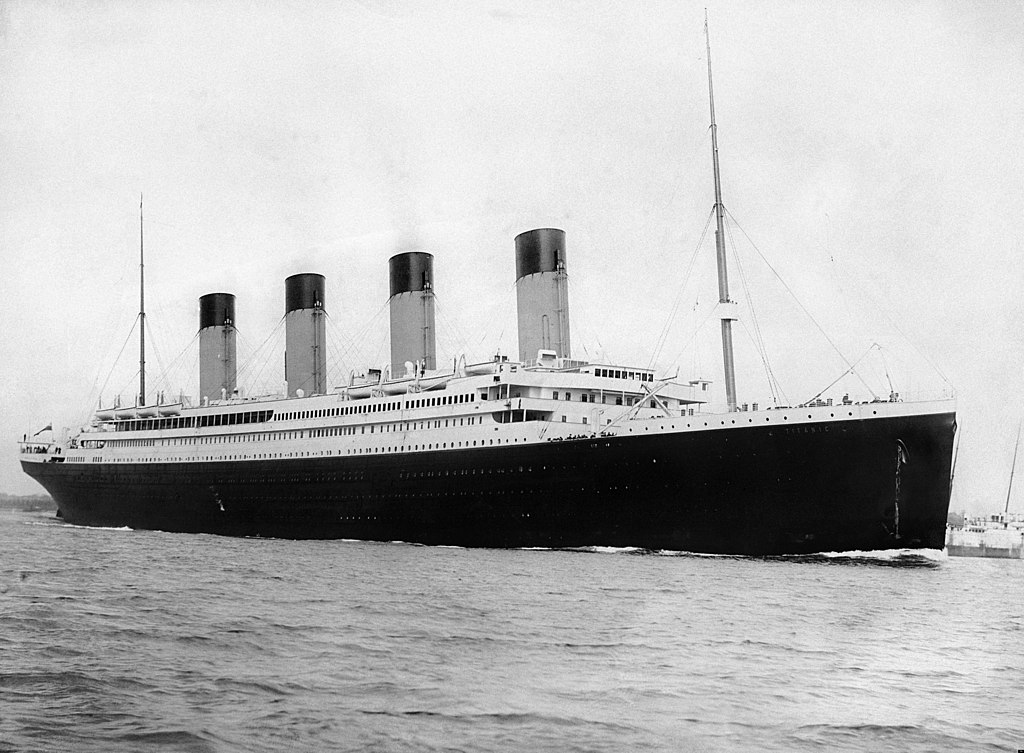
Best blogs ever
Thank you! 😀